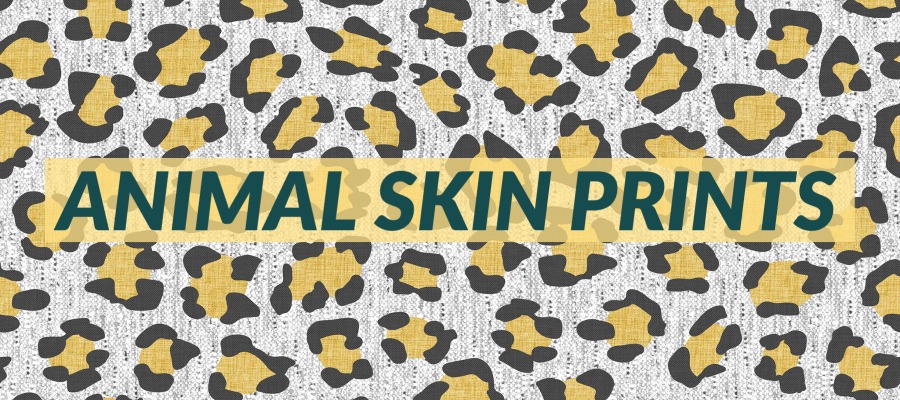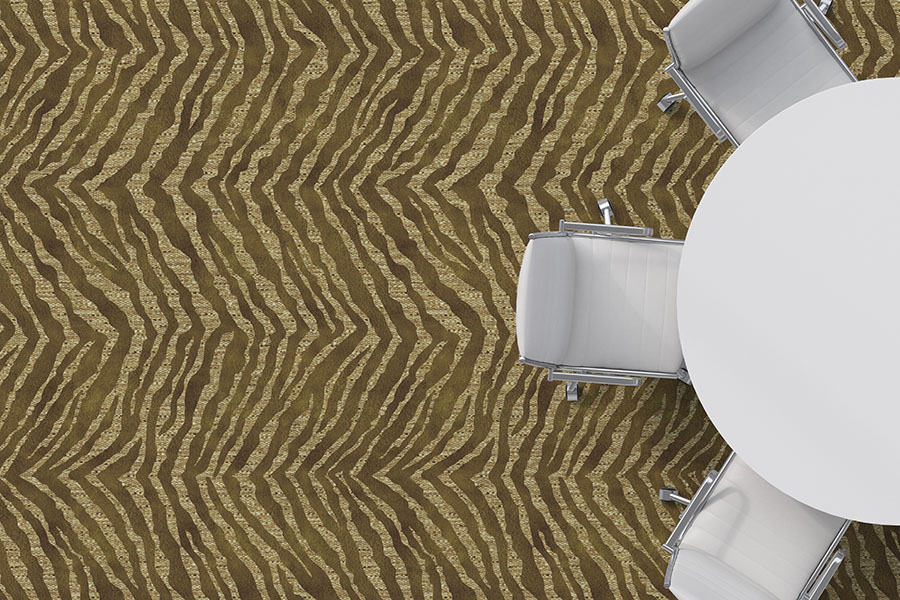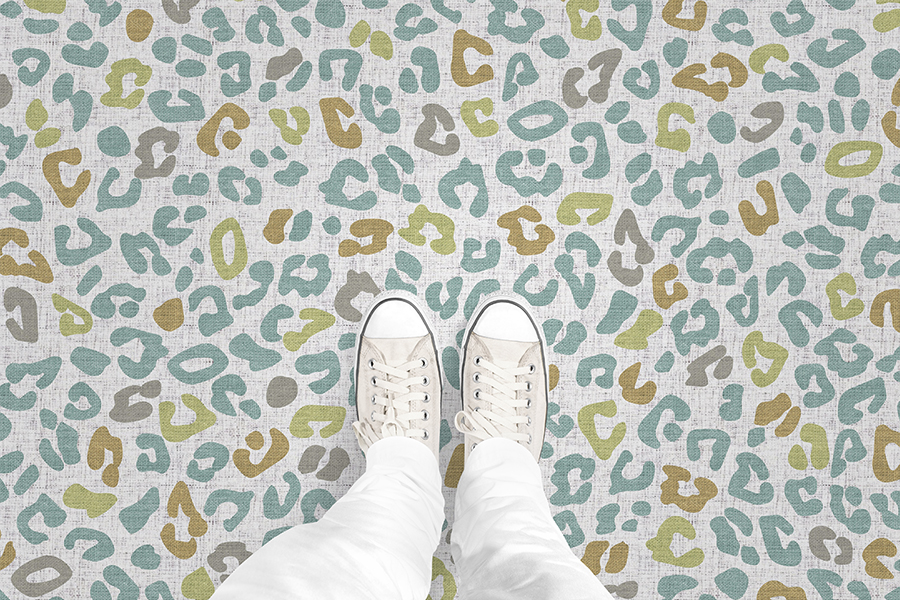
Animal Skin Prints and Why We Love Them
Whether chic and elegant or wild and punk rock, animal skin prints are seemingly always on-trend. In fact, it’s almost as if our affinity toward them is in our collective DNA. Animal skins and hides were used around the world to clothe people for hundreds of years out of necessity. Some cultures even believed the skin gave the hunter the power of the animal. Think cheetah for speed. Eventually, humans began primarily using fiber to clothe themselves. Yet we are still drawn to the beauty of animal patterns.
How did animal skin prints become a decorative element in western fashion & interiors?
One turning point, in regards to western fashion, was Paris in the early 19th century. Napoleon had traveled to North Africa on a hunting expedition and returned with real animal hides, many used as rugs. The French people were intrigued. An animal skin rug quickly became a status symbol and a prized possession in a home. So it makes sense that the first interpretations of animal skin in a textile appeared in the form of rugs and lush home furnishings.
In the early 20th century, animal skin patterns swung into the world of fashion.
One of the earliest examples of animal prints in fashion appeared in the 1932 movie Tarzan the Ape Man. The costumes for Jane often included animal prints and gave off a sense of strength and power. Animal prints evoked something primal and exotic. Audiences saw them as adventurous. After, fashion designers soon began to incorporate animal patterns into shirts, coats, and accessories. From there, we’ve never looked back.
Fashion designers such as Christian Dior created collections using animal prints in very chic garments. The combination of elegant design with a wild-feeling pattern struck the perfect note with 1950s women. Always versatile, animal prints were loud and exotic in the hippie fashion of the 1960s and punk rock in the 1970s. Alongside animal prints were waves of fashion trends involving an actual animal skin. However, the 1980s brought public awareness of cruelty to animals. Animals used primarily for fur were becoming extinct. As a result, faux fur with animal prints became a social statement.
Fashion, textile, and interior designers all share a love of pattern.
Pattern found on plants, trees, and animals has long inspired their work. Nature is a constant source of inspiration. Animal skins are nature’s way of expertly combining pattern and texture. By varying scale and color, an animal skin print can be bold and statement-making, or so subtle as to work as a solid.
One thing is for sure; humans will never get bored of incorporating animal patterns into our wardrobes and homes. Designers and decorators keep returning to them again and again. Check out our Pinterest board of current animal print and pattern trends we’re spotting. (And don’t forget to follow us while you’re there.) Do you have a favorite animal skin pattern? Let us know in the comments!
Share this post
Author
DESIGN/COLOR TRENDS AND AWESOME INFORMATION IN YOUR INBOX
Sign up for our monthly trend letter









